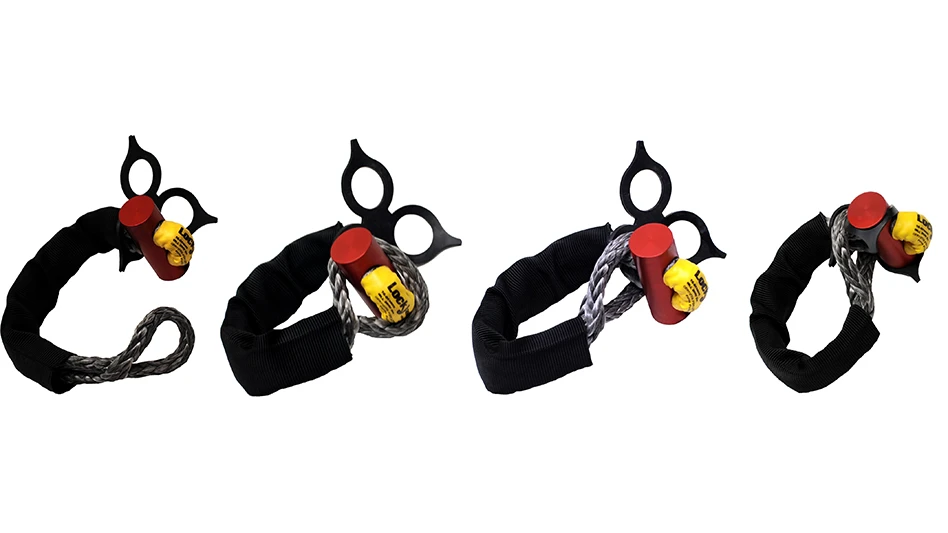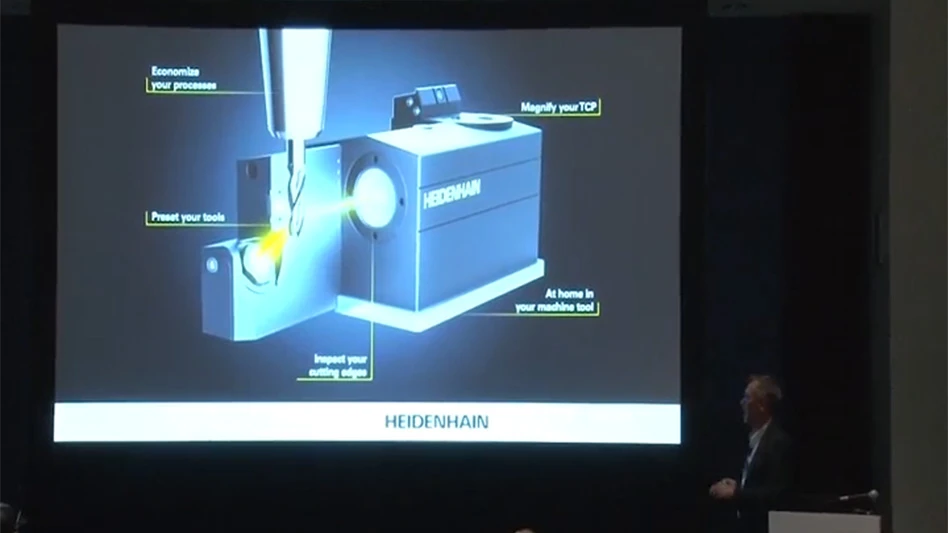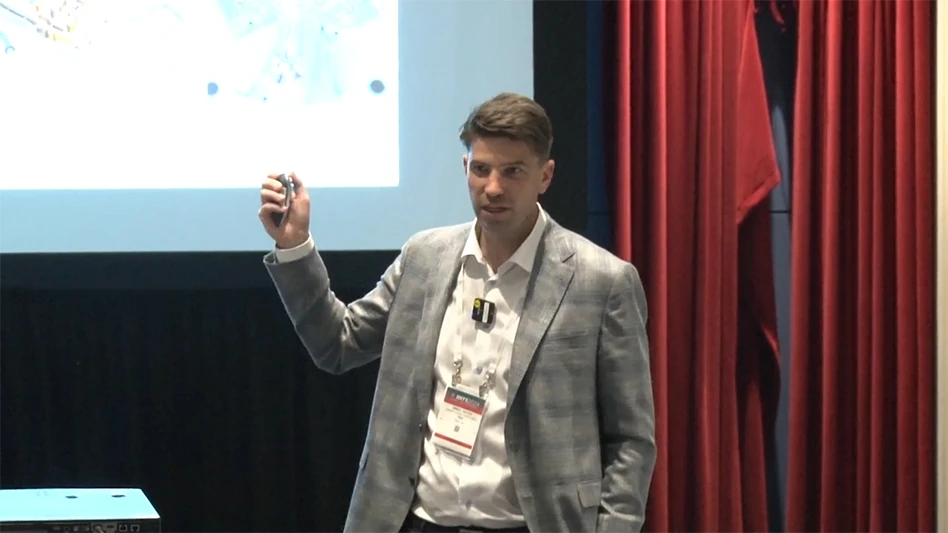
Cleveland – Airbus SAS, The Boeing Company, Bombardier Inc., Embraer S.A., Textron Inc., and the Ohio Aerospace Institute have initiated activity to form the Halon Alternatives for Aircraft Propulsion Systems (HAAPS) consortium. This international collaboration among aircraft manufacturers, fire extinguishing system suppliers, engine/auxiliary power unit/nacelle companies, and other key stakeholders aims to identify a common environmentally- acceptable non-halon fire extinguishing solution for use in engine and auxiliary power unit (APU) fire zones. Halon fire extinguishing agents have been in use for decades, but new production has been banned by international agreement per the Montreal Protocol on Substances that Deplete the Ozone Layer.
Considerable effort has been expended by industry aircraft manufacturers, suppliers, and fire suppression companies, primarily working independently, to find a suitable replacement for Halon 1301, which is the primary agent currently used in aviation engine and APU fire zones. However, these efforts have not produced a widely accepted replacement. Further independent development is expected to take considerable time and resources with little hope for meeting the replacement requirements in new aircraft certification applications.
A limited amount of time is available for the aviation industry to transition to the use of non-halon agents. International agreements, regulatory restrictions, and guidance have been directed at the aviation industry thus far by the International Civil Aviation Organization (ICAO), Hong Kong Civil Aviation Department, Civil Aviation Authority of Singapore, and the European Union (EU). Both the EU and ICAO require use of non-halon engine/APU fire extinguishing agents in new design aircraft after 2014. EU requirements also impose a retrofit deadline of 2040. In addition, since cessation of new halon production per the Montreal Protocol, aviation – including fleet maintenance – is dependent on recycled halon supplies that are expected to be significantly constrained in the future.
The HAAPS consortium’s goal is to mitigate both the regulatory and supply risks by leveraging the combined resources and knowledge of the aircraft manufacturers, fire extinguishing system suppliers, engine/APU/nacelle companies, governments, and other key stakeholders to develop a non-halon replacement. By bringing together these stakeholders – from materials and system developers to the end user community, the HAAPS consortium expects to significantly shorten the time and expense required to obtain acceptable solution(s) for aircraft application.
The industry consortium concept was first presented during the May 22-23, 2013, International Aircraft Systems Fire Protection Working Group meeting in Koeln, Germany, and the June 11, 2013, Halon Alternatives Research Corp. (HARC)-sponsored Aviation Stakeholders Meeting in Chicago, Illinois. Follow-up from those meetings resulted in initiation of activity to form the HAAPS consortium in early October 2014. Additional information can be found at http://www.fire.tc.faa.gov/systems.asp.
The Ohio Aerospace Institute (OAI) in Cleveland, Ohio, has been selected as the Managing Entity and will manage the HAAPS consortium’s activities. Founded in 1989, OAI is a private non-profit business focused on the creation, integration, application, communication, and commercialization of aerospace related knowledge and technologies. OAI has facilitated collaborations and consortia among universities, industry, and government agencies, including NASA Glenn Research Center, and Wright-Patterson Air Force Base, building a network of resources that benefits the aerospace industry.
For further information, contact Carol Cash, HAAPS consortium manager, at CarolCash@oai.org – (440) 962-3073.
Source: Ohio Aerospace Institute
Latest from Aerospace Manufacturing and Design
- Bridging the Skills Gap: A Solution for Today’s Labor Shortage
- Molex to acquire AirBorn
- Nano Dimension's Exa 250vx digital light processing (DLP) 3D printer
- IMTS 2024 Booth Tour: Fagor Automation Corp.
- How Robotics and Automation are Transforming Manufacturing
- Wichita State’s NIAR delivers fiber metal laminate test panel to FAA
- Walter's PCD milling cutters
- IMTS 2024 Booth Tour: Marubeni Citizen-Cincom, Inc.





